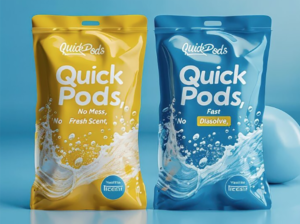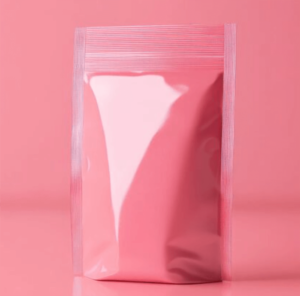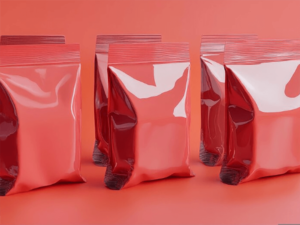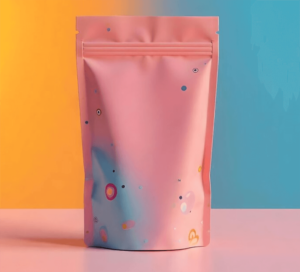In packaging design, the application of artificial intelligence has multiple advantages and disadvantages, as follows:
The Advantages of Artificial Intelligence In Packing
Improving design efficiency: Artificial intelligence can quickly generate a large number of design solutions and generate initial drafts based on input keywords, product information, etc. in a short period of time. For example, Dashengda’s AI small square platform can shorten the design cycle of environmentally friendly paper and plastic packaging from 3 days to 3 minutes, greatly saving design time and labor costs.
Provide innovative ideas: By learning from a large number of excellent design works, AI can intelligently combine various visual elements, provide some creative and design directions that human designers may not have thought of, and bring new inspiration to packaging design.
Realize personalized customization: Based on the analysis of consumer data, AI can customize personalized packaging designs for different customer groups and even individual consumers, meet the diverse needs of the market, and enhance consumers’ willingness to purchase.
Optimize layout and color matching: AI can automatically arrange text, images, and graphics based on the size, shape, and content information of the packaging, ensuring clear communication and highlighting of key points. At the same time, based on color theory and consumer psychology, accurately recommend suitable color schemes to enhance the visual appeal of packaging.
Assisted design decision-making: Artificial intelligence can analyze a large amount of data such as market trends and consumer preferences, providing decision support for designers and businesses, helping them choose packaging design solutions that better meet market demand, and reducing design risks.
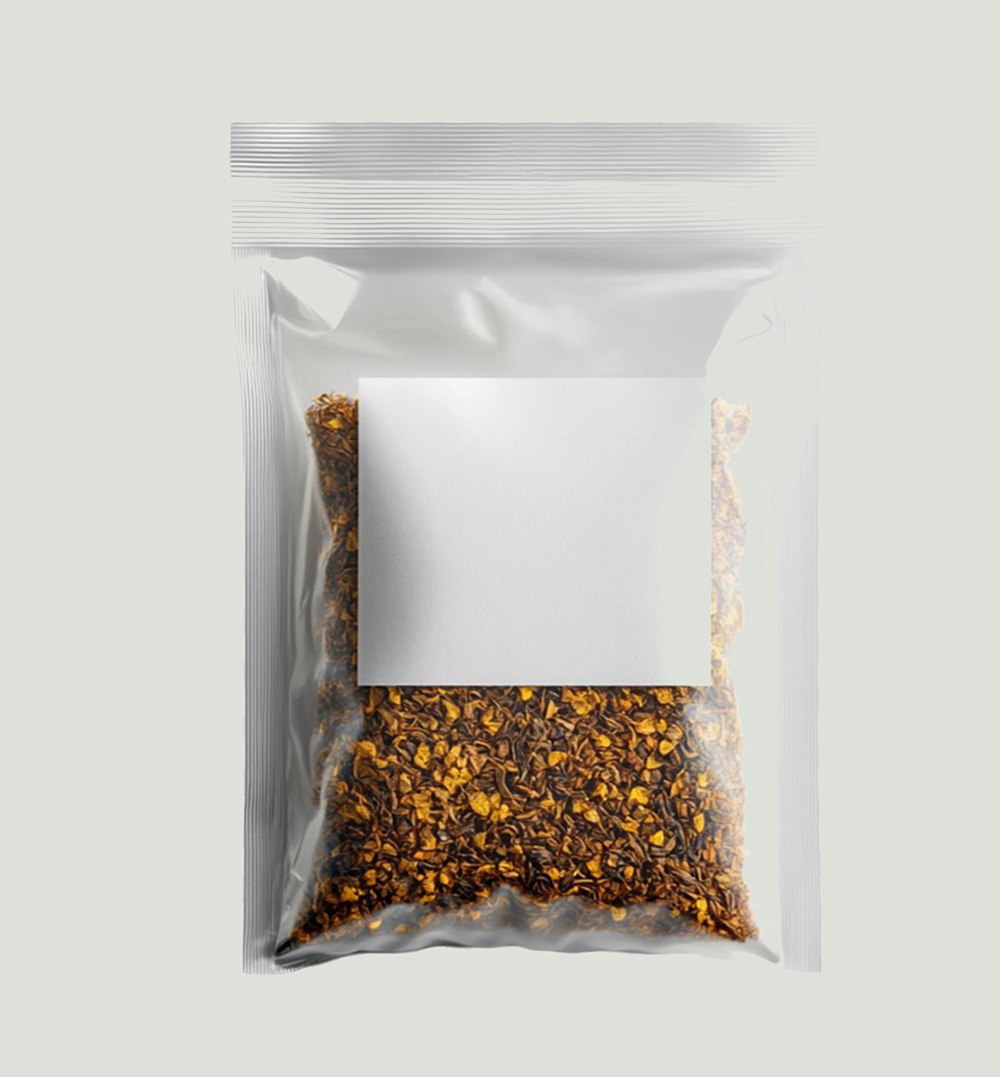
The Disadvantages of Artificial Intelligence In Packing
Lack of emotional understanding and creativity: Although AI can generate design solutions, it lacks human emotions, cultural backgrounds, and life experiences, making it difficult to create design works with profound emotional connotations and unique artistic charm. The design may have the problem of uniformity and lack true innovation and uniqueness.
Limited ability to handle complex requirements: For some complex packaging designs with special requirements, such as reflecting specific cultural heritage, artistic style, or meeting special functional needs, AI may not fully understand and meet these requirements, and the designed solutions may not be perfect enough.
Dependent on data quality and algorithms: The performance and performance of AI are highly dependent on the accuracy of the data quality and algorithms used. If there are deviations or incompleteness in the data, or if there are defects in the algorithm, it may lead to poor quality or non conformity of the generated design solutions to actual needs.
There are copyright and ethical issues: AI may involve borrowing and imitating existing works in the process of learning and generating designs, which may lead to copyright disputes. In addition, how to ensure that the designs generated by AI comply with ethical and moral standards is also a concern.
Lack of flexibility and adaptability: When faced with unexpected situations or temporary design requirements, AI may not be able to adjust and optimize as flexibly as human designers, and may need to retrain or adjust parameters, which may delay time.
Packaging Design
- Quick Design Draft Generation: AI can rapidly produce a large number of packaging design drafts based on input keywords, product information, or design requirements. For example, AI Xiaofang of Dashengda can quickly generate several packaging design plans that have been proofread for printing on the platform according to customer requirements, reducing the working cycle of environmentally – friendly paper – plastic packaging design from 3 days to 3 minutes.
- Intelligent Element Combination: By learning from a large number of professional design works, AI models can automatically identify the characteristics of different types of products, intelligently combine visual elements, and output creative design plans. The ELEAI Intelligent Packaging Design System of Xiaoxiang Zhihe integrates a variety of core algorithms and pre – trained models, which can realize functions such as “generating design drawings from text” and “generating packaging plans from user ideas”.
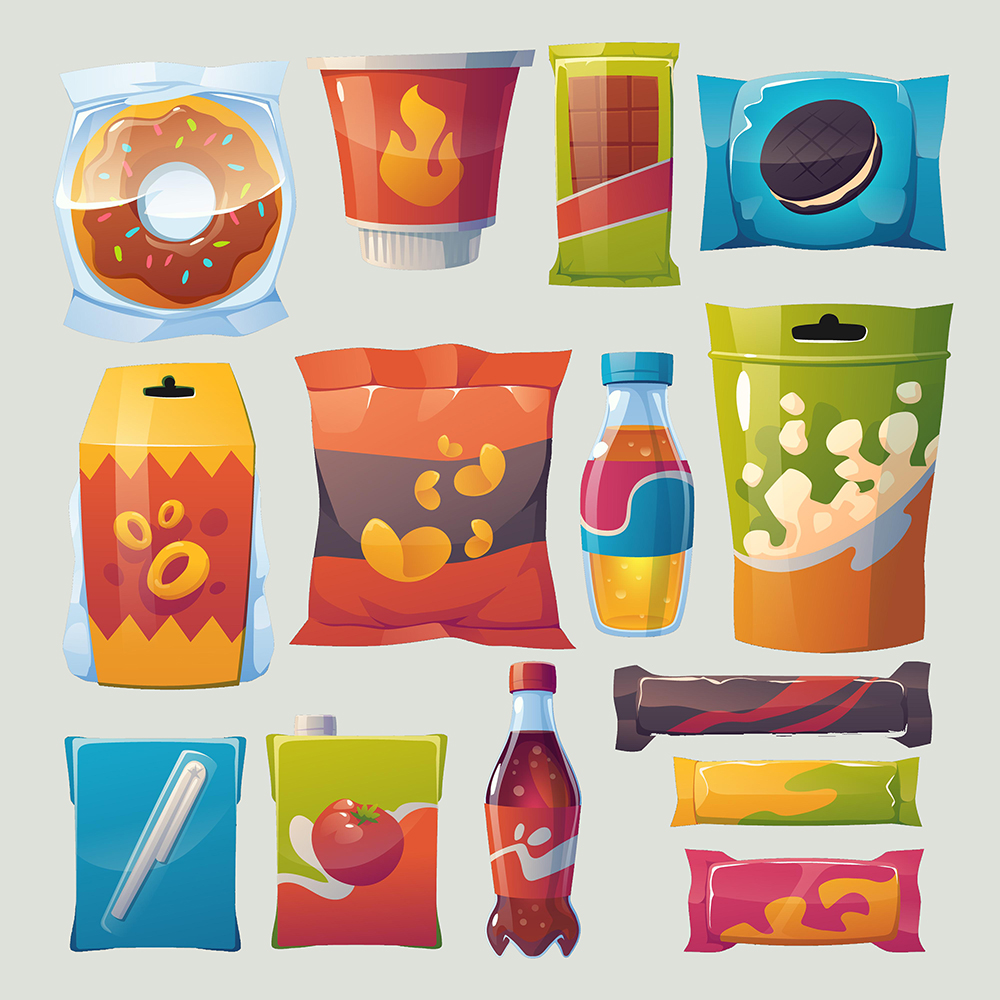
- Personalized Customization: AI can analyze data such as consumers’ purchasing behavior, preferences, and usage habits to customize personalized packaging for different customer groups or even individual consumers. For example, it can design fashionable and trendy packaging for young consumers and simple and easy – to – read packaging for elderly consumers.
- Intelligent Layout and Color Matching: AI can automatically arrange text, images, and graphics according to the size, shape, and content information of the packaging to ensure clear information transmission and highlight key points. At the same time, based on the understanding of color theory and consumer psychology, AI recommends appropriate color – matching schemes, considering the product’s positioning, target audience, and brand image to select color combinations that can resonate with consumers and enhance the product’s attractiveness.

